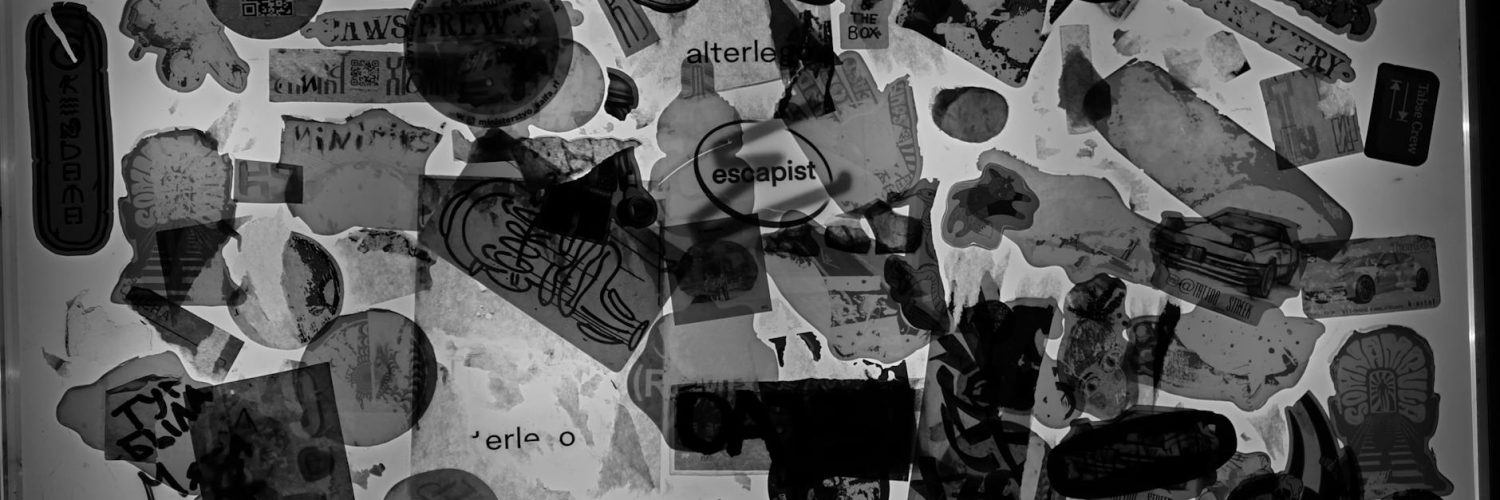Consumimos entretenimiento y arte a diario, pero ¿con qué frecuencia lo hacemos realmente? véase it? We’re so busy enjoying the spectacle that we miss the fascinating details woven into the fabric of movies, music, and visual arts. Let’s pull back the curtain and explore some surprising insights that most people overlook.
The Movie Magic You Didn’t Notice
Think you know movies? Think again. Beyond the dazzling special effects and star-studded casts lie intricate layers of filmmaking techniques that often fly under the radar. For instance, the seemingly simple “jump scare” is a masterclass in timing and anticipation. It’s not just about a sudden loud noise; it’s about meticulously building tension beforehand, using subtle cues like unsettling music, slow camera movements, or even the actor’s body language. Think of the iconic shower scene in Psycho; the suspense is agonizingly built before the sudden attack. Masterful, right?
Then there’s the art of color grading. It’s not just about making a film look pretty; it’s a powerful storytelling tool. Notice how Wes Anderson’s films boast a hyper-saturated, almost artificial palette? That’s intentional; it reinforces the whimsical and slightly melancholic tone of his narratives. In contrast, a film like Sin City utilizes stark black and white with splashes of color to highlight specific moments of violence or emotion, creating a distinct visual style.
And let’s not forget the power of sound design. The subtle creaks of a floorboard, the distant hum of a city, even the specific type of silence used – these elements contribute to the overall atmosphere and can often be more effective than any visual cue. The unnerving silence punctuated by sporadic drips in a horror film, for example, is a prime example of this.
The Hidden Rhythms of Music
Music, at its core, is about emotion. But digging deeper, we find fascinating patterns and mathematical relationships. Take the “Golden Ratio,” a mathematical proportion found in nature and art. It’s been argued that many famous musical pieces, from classical compositions to popular songs, subtly incorporate this ratio in their structure, creating a naturally pleasing and harmonious effect. Think of the way certain sections build upon each other, creating a sense of natural progression.
Beyond the Golden Ratio, consider the cultural significance of musical styles. Blues music, for instance, is more than just a genre; it’s a reflection of the African American experience, laden with history and social commentary. Similarly, the development of rock and roll was deeply intertwined with social and political changes of the mid-20th century. Understanding these contexts enriches the listening experience immensely.
Even seemingly simple things like the use of specific instruments can tell a story. The mournful wail of a cello, the bright exuberance of a trumpet, the raw emotion of a human voice – each instrument evokes a unique feeling, contributing to the overall narrative of a piece. The use of specific instrumentation can completely change the mood of a piece.
Decoding the Visual Arts
Visual arts often become captivating because of their hidden narratives. Think about the Mona Lisa; her enigmatic smile has puzzled viewers for centuries. The mystery surrounding the piece only enhances its allure. But beyond the smile, consider the painting’s technical aspects. Leonardo da Vinci’s sfumato technique, a subtle blurring of lines, creates an almost lifelike quality, drawing the viewer into the painting’s depths. It is this technical mastery that allows the mystique of the Mona Lisa to endure.
Similarly, consider the symbolism prevalent in many works of art. Think of the recurring use of specific colors or objects. In religious paintings, for example, particular colors might represent virtues or vices, while certain objects hold symbolic meaning within the context of the specific religious narrative. The pre-Raphaelites, for their keen use of symbolism and detail is a prime example.
The cultural context is also crucial. Consider the impact of Impressionism; its focus on capturing fleeting moments of light and color reflected the rapid societal changes of 19th-century France. Understanding this background greatly enhances one’s appreciation for the movement’s revolutionary techniques and philosophy.
Furthermore, look at the evolution of art through movements. From the Renaissance’s rediscovery of classical art to the abstract expressionism of the 20th century, every art movement is a reflection of its time, its culture, and its artists’ individual experiences. Each phase leads to the next, building upon the ideas and techniques of preceding movements. Más allá del éxito de taquilla: Gemas ocultas y extrañas maravillas del entretenimiento y el arte
La interconexión de todo
Ultimately, movies, music, and visual arts are more intertwined than we often realize. Many films draw inspiration from classical music, using specific pieces to heighten emotional impact. Visual artists sometimes create pieces inspired by movies or songs, reflecting and reinterpreting themes and moods. The lines blur, reflecting a creative cross-pollination that enriches our experience of each art form.
So, the next time you watch a movie, listen to a song, or visit an art gallery, take a moment to look beyond the surface. Pay attention to the subtle details, the hidden narratives, and the cultural contexts. You might be surprised by what you discover. The world of entertainment and art is far richer and more complex than you may think, and the beauty lies in unveiling its layers of complexity.

























Añadir un comentario